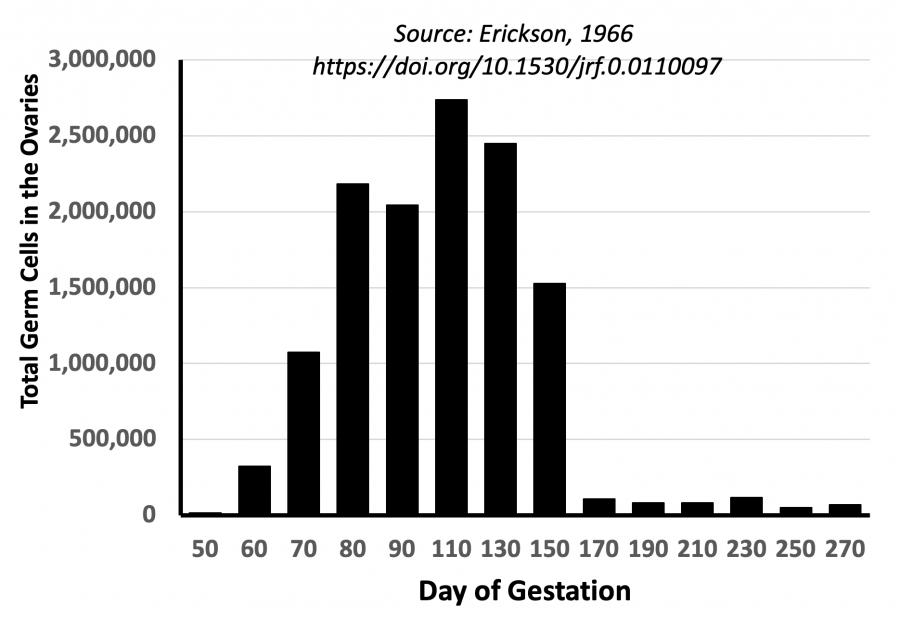Tim Cronshaw writes that a couple in North Canterbury has signed up their large dairy herd for high-tech collars and farming without fences.
Emlyn Francis, a farmer in Culverden, likes to say that the GPS collars on his dairy cows are the way of the future.
As he walks toward a group of people with collars sitting around a water tank, he points to fences in the distance.
Virtual technology, which is being used by a small but growing number of farmers across the country, has almost made them obsolete.
The cows are happy to graze in their small area, which has no visible edges.
Mr. Francis finds this interesting because he grew up in a time when the only chips in a car were thrown all over the back seat.
In June, he and his wife Hilary put solar-powered Halter smart collars on 250 of their winter-milking cows. By the end of the month, they had put them on all 1,500 cows in their dairy herd.
Keeping good employees was one of the most important parts of using the technology.
“I’m a sucker for a glossy brochure, but I also see the benefits of labour efficiencies and staff engagement,” he said.
“Young people are pretty good with their phones, so if they can move the cows, bring the cows in, do farm work, or anything else while they’re on their phones, that’s great. Since we have Halter, they are all very interested in it.”
The collars were made by a tech company in New Zealand. They have a simple app that helps farmers move cows without using fences, wires, motorbikes, gates, or dogs.
When a cow gets close to or goes over a virtual fence, it makes a noise, and a vibration lets it know it’s on the right path. If a cow goes in the wrong direction, the collar sends out a “low-energy pulse” using technology that the AgResearch Animal Ethics Committee has approved.
The Francis family found that their herd knew how to find the virtual fences by the second day.
When a mistake was made and someone put a collar on backwards, people learned quickly.
“When you put them on, they have to be on the right way, because the idea is that if they turn left, it makes a noise, a vibration, or a zap. If you put it on the wrong way, it tells her to go left instead of right, which really confuses them.
“One would go in the wrong direction and not know why.”
He had even heard of smart cows that learned to back through a feed break to get to a tasty treat, but for the most part, it worked well and helped their business.
The system moves the cows automatically and tracks how they graze each day so farmers can keep track and change their feed. They get advanced heat detection and health alerts to help them have more calves.
Mr. Francis liked the idea that he could sit in the kitchen and use his smart phone to keep track of their herd.
Friends came over for coffee the other day and watched as they sat around the table and moved the cows by drawing on the phone.
With a quick swipe, you can open an app that shows each cow in every paddock as a small white circle. With another click on the button, their information is shown.
So that cow over there, in the circle, is number 1344, he said. She was last bred on December 8. She is ruminating, moving up a little bit today and down a little bit today, but it’s still early in the day, as shown by the graphs of her movement and grazing. It doesn’t eat, but ruminating can be used as a stand-in for eating.
“I haven’t done it yet, but I’d like to get a mob with high average ruminating and try to feed them more. If they’re ruminating more, they’re probably eating more, and it would be good to use that to get the super tankers together.”
Scroll Media ads
0 minutes of 0 minutes
Volume 0%
The couple also liked that Halter was based in New Zealand and had people there who could be reached if there were any problems.
Mrs. Francis said that at first they were interested in the Allflex collars for health and heat detection, but then they started looking at other things.
She said, “At first, we were looking at the other collars.”
“So while we were doing that, we thought, ‘Why not look at the Halter collar, just to see what it’s all about?’ We didn’t really think we’d join.
The benefits of moving cows virtually and putting up virtual fences were enough to win them over.
Mr. Francis said that they were using a lot less fuel because “guys aren’t sitting behind cows,” so they rode their motorcycles less.
He thought that this could save about 1,000 travel hours a year if it only took three hours a day to get the cows in.
“We need better productivity, a better rate of calves born within six weeks, less waste, and all these other things. So the savings won’t pay for it on their own, and you need productivity and small improvements to make it work.
Trying to get a large herd to give birth is hard, and even with a camera that could tell when cows were in heat, time was still spent watching the cows. They thought it would be better to find a way to automate it.
The Halter app tracks a cow’s movements. If a cow was in heat, it probably ate less, moved around more, and had a faster heart rate.
Mr. Francis said, “The algorithms and AI build up a picture of a normal pattern of movement.”
“So, when she’s on heat, that will change every three weeks, and all of these things will go up. That gives you a number and lets you know she’s armed and dangerous.”
At first, they had to manually enter the heat numbers into Protrack. But because Halter made a deal with LIC, the information about mating can now be linked to the farm automation software, which is a big plus.
Mr. Francis was sure that they grew more grass in the spring because every pasture break was back-fenced and the herd only ate where it was supposed to. This was hard to prove, though.
“It’s still early, and we’re having trouble getting water sometimes, but we’re on track to make more money per cow. As long as we can keep it together from here on out, we should be fine and should be able to get 25–30 kg more milk per cow than we did last year. These are small improvements.
“That’s good for the environment because it means we have fewer cows. We’re already 2% ahead and have 100 fewer cows than we did last year.”
Less work has to be done, which is another good thing.
Mrs. Francis said that their staff probably worked 45 hours a week in the spring, compared to 50 hours a week when milking was at its busiest, but that they were now only working 40 hours.
She said that because they saw more of their friends and family, they were happier people.
There are pros and cons to every new thing on a farm.
When they cut their team from nine people to seven during the busy summer, those who are left will probably have to do more milking. The staff are getting up an hour later in the mornings because there are fewer cows and less work to do by hand.
On their Kenmare Dairy farm, the only animals that don’t have collars are 20 beef animals that are free to roam and cut the grass.
Kenmare is in the middle of the Amuri Basin. Since modern irrigation came along a few decades ago, the Amuri Basin has become a large dairy farming area.
In 1995, Mrs. Francis’s father started the first Kenmare farm on a piece of the property that has since grown to 630ha.






 What’s the big deal if a data point is off here and there? Or a couple of cows are in the wrong pen? Or you miss a milk weight or two?
What’s the big deal if a data point is off here and there? Or a couple of cows are in the wrong pen? Or you miss a milk weight or two?





